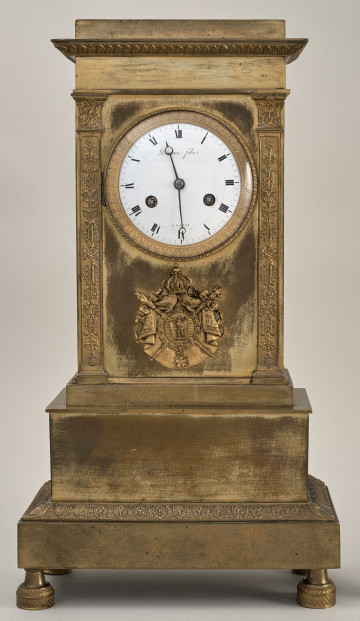
Composition of circles in outline
1970
National Museum in Szczecin
Part of the collection: Bronze Age
The bronze tongs were discovered together with fragments of clay vessels, and a piece of bronze metal, during railway construction works in 1894 in the vicinity of Bożenice. The tongs represent the Eastern Pomeranian type and are dated to the Early Iron Age. Such findings are revealed mainly in cist graves. Numerous tongs were recorded in the Eastern Pomerania region, but such discoveries also occurred in the Central Pomerania and Greater Polan. Tongs, also known as tweezers, are – along with razors – the most common toilet instruments made of metal. They were probably used for hair removal, but they could serve as a medical instrument. Tongs were commonly used by the people of the Lusatian culture, manufactured by the population itself, or imported from the Nordic culture regions. They are discovered in burial sites and treasures. The Nordic culture features tongs as burial offerings found in cremation graves of men. Tweezers’ popularization can be observed in the Pomeranian culture, which population inhabited the Central and Western Pomerania since the Early Iron Age. Tweezers were typically made of bronze and iron in later periods.
Monika Witek
Author / creator
Dimensions
the entire object: height: 6 cm, width: 1 cm
Object type
hygiene utensils
Technique
casting
Material
bronze
Origin / acquisition method
legal transfer
Creation time / dating
Creation / finding place
Owner
National Museum in Szczecin
Identification number
Location / status

1970
National Museum in Szczecin

618 — 907
National Museum in Szczecin

1st half of the 19th century
Castle Museum in Łańcut
DISCOVER this TOPIC
National Museum in Lublin
DISCOVER this PATH
Educational path